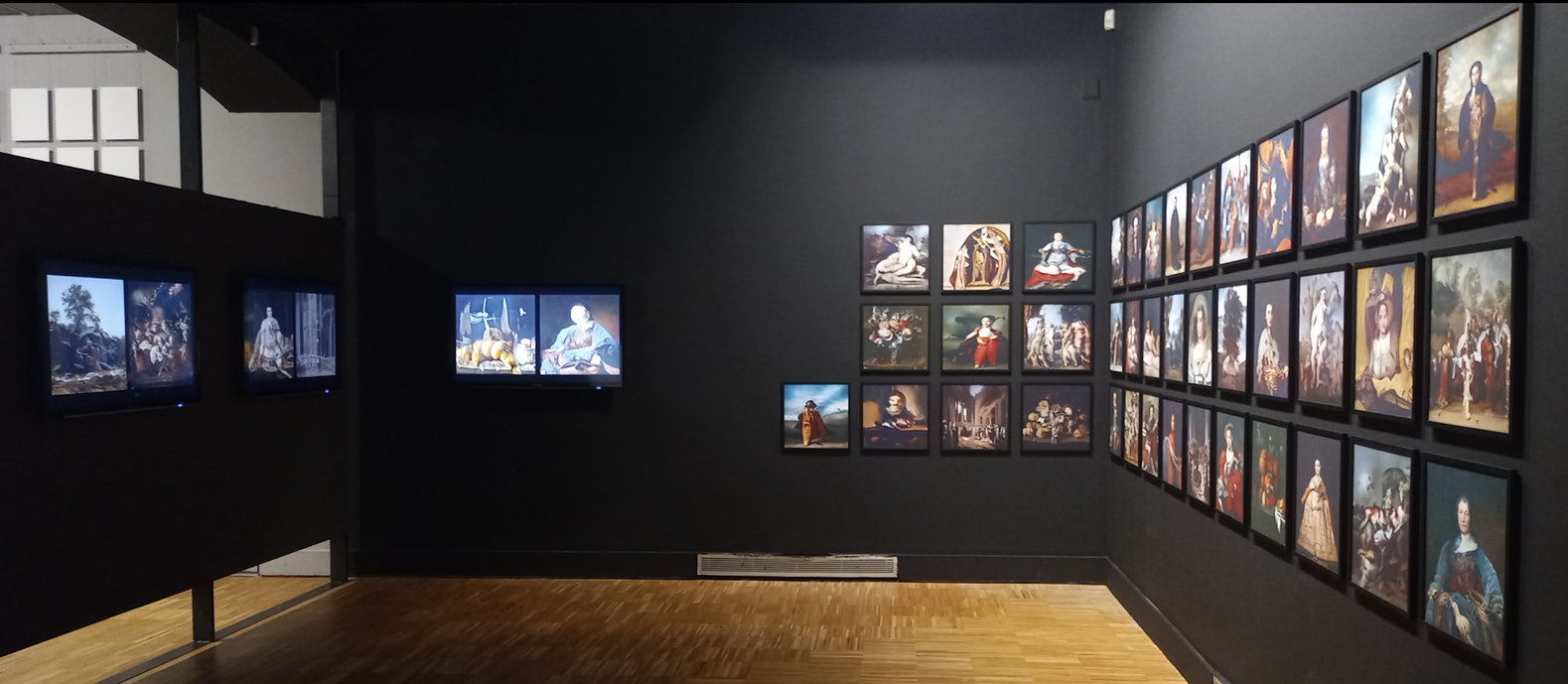
When algorithms and artificial intelligence start replacing the camera and the eye, it will be time to rethink the role of the images that have so far helped to forge our sensibilities. Déjà-Vu consists of applying generative neural network technology to a dataset composed of works from th collection of the Prado museum. In these computer models, which in a certain way emulate the functioning of our brain, the deep learning process of a GAN (Generative Adversarial Network) algorithm determines the patterns that are repeated most frequently in the collection and is capable of creating new works new in the plastic continuity of the existing ones. An imaginary made by the machine generates strange results, sometimes dreamlike, often surreal: creations that our imagination could not anticipate and that are born from the collision between the force of chance and algorithmic prediction. This process questions the notions of “artist,” “conservator”, and “curator.” But the most interesting thing are the errors of the system itself: the failed tests, the intermediate steps and the technological unconscious that emerges from accidents.
This desacralize the paradigm of creativity and art: we can only imitate previous gestures, never original. The meaning of an image does not lie in its origin but in its destination. To a certain extent, everything is "déjà-vu".